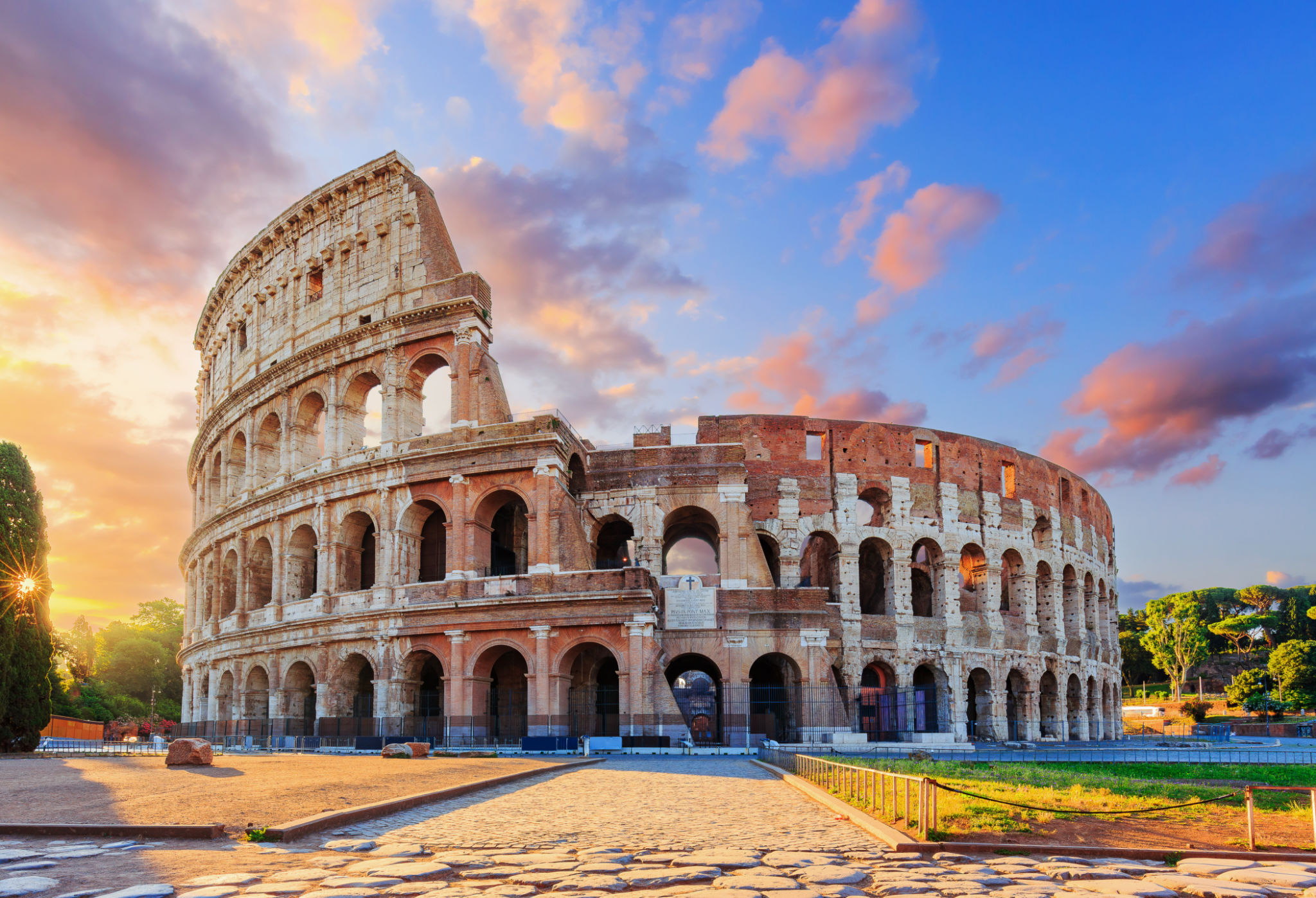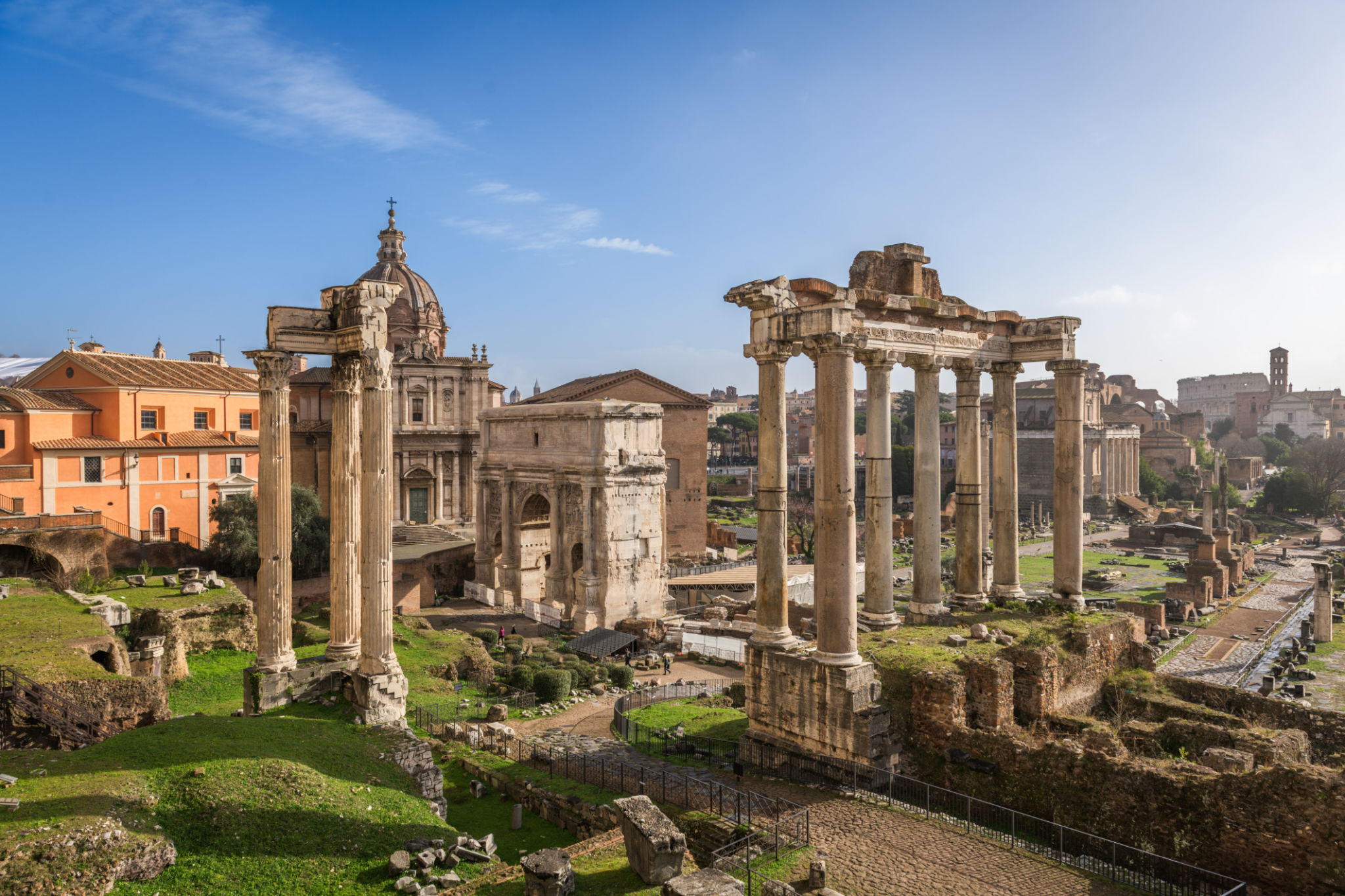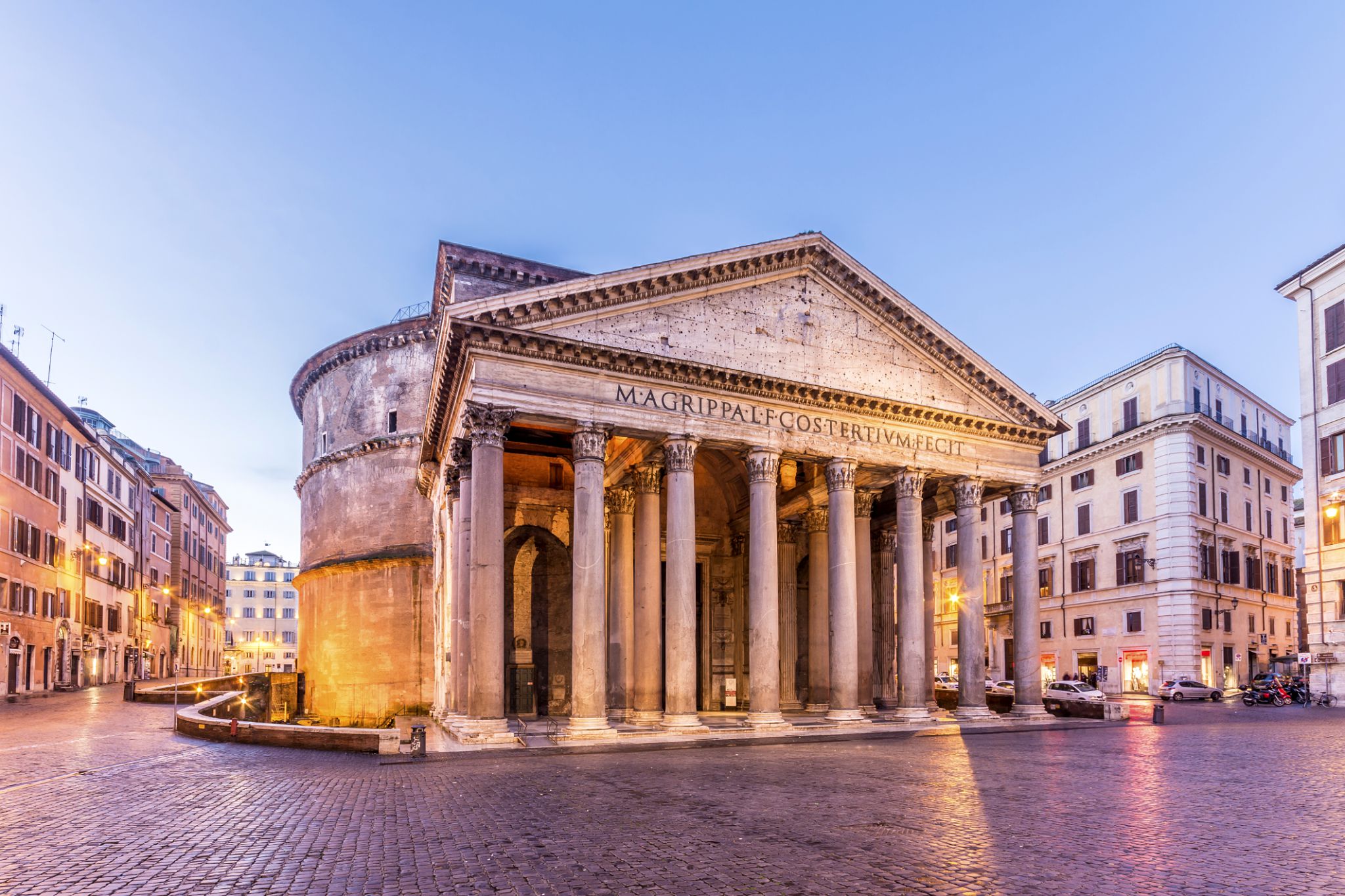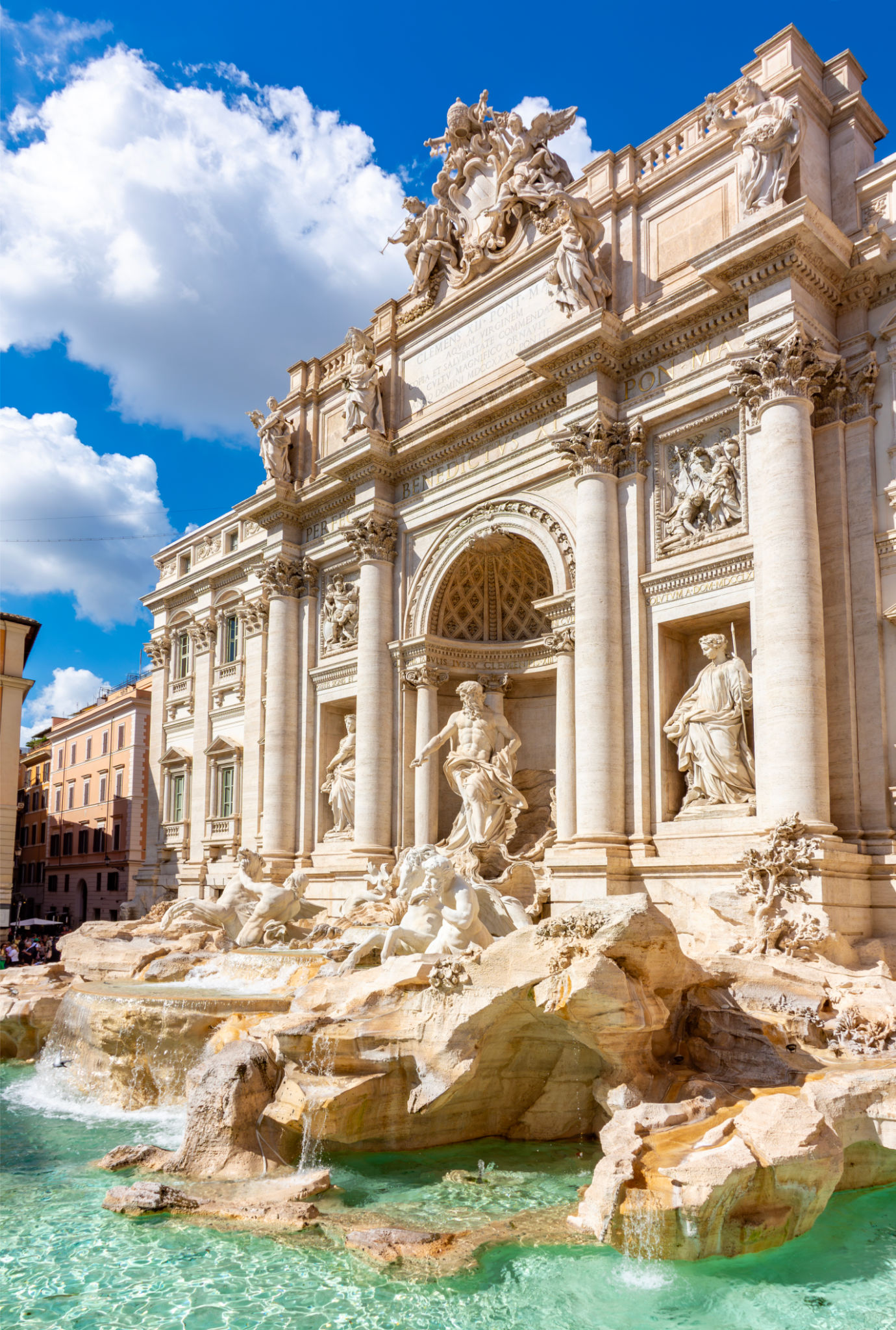Must-See Historic Marvels in the Metropolitan City of Rome
The Colosseum: A Glimpse into Ancient Rome
One cannot visit Rome without admiring the grandeur of the Colosseum, an iconic symbol of ancient Roman engineering and entertainment. Built around 70-80 AD, this amphitheater once hosted gladiatorial contests, public spectacles, and even mock sea battles. Walking through its ruins, visitors can almost hear the echoes of the crowds that once filled its stands, cheering for their favorite gladiators. The Colosseum remains a testament to the architectural prowess of ancient Rome and offers a fascinating peek into the past.

The Roman Forum: The Heart of Ancient Civilization
Located at the center of ancient Rome, the Roman Forum was the epicenter of political, religious, and social activity. This archaeological site is a sprawling area filled with remnants of government buildings, temples, and marketplaces. A stroll through the Forum is like traveling back in time, where one can imagine the bustling streets filled with orators, merchants, and citizens discussing matters of state and commerce.
Some must-see structures within the Forum include the Temple of Saturn, the Arch of Septimius Severus, and the Curia, where the Roman Senate convened. Each ruin tells a story about the empire that once ruled much of the known world.

The Pantheon: A Temple to All Gods
The Pantheon stands as one of the best-preserved monuments of ancient Rome. Originally built as a temple for all Roman gods, it has been in continuous use throughout history and now serves as a church. Its architecture is nothing short of breathtaking; the massive dome with a central oculus allows natural light to illuminate the interior.
Visitors are often struck by the Pantheon's harmonious proportions and its remarkable state of preservation. The inscription on its facade, indicating its dedication by Marcus Agrippa, remains a classic symbol of Roman engineering excellence.

The Vatican City: An Independent Sovereign State
While technically not part of Rome, Vatican City is an enclave within the city that houses some of the world's most significant religious and cultural treasures. As the spiritual center for Catholics worldwide, it is home to St. Peter's Basilica, the Sistine Chapel, and the Vatican Museums.
St. Peter's Basilica, with its awe-inspiring dome designed by Michelangelo, dominates the Vatican skyline. Visitors can climb to the top for panoramic views of Rome. The Sistine Chapel, famous for Michelangelo's ceiling frescoes, is a must-see for art enthusiasts.
Exploring Vatican Museums
The Vatican Museums offer an unparalleled collection of art and historical artifacts collected by popes over centuries. Highlights include Raphael's Rooms and the Gallery of Maps. Be prepared to spend several hours exploring these vast collections.

The Trevi Fountain: A Baroque Masterpiece
No visit to Rome is complete without tossing a coin into the Trevi Fountain. This Baroque masterpiece attracts millions of tourists annually who come to admire its intricate sculptures and majestic water displays. According to legend, tossing a coin into the fountain ensures a return trip to Rome.
The fountain depicts Neptune, god of the sea, flanked by tritons. Its stunning beauty is especially captivating at night when it's beautifully illuminated.

Conclusion: A City Steeped in History
Rome is a city where history comes alive around every corner. From its grand ruins and awe-inspiring architecture to its rich cultural heritage, Rome offers an endless array of historical marvels waiting to be explored. Whether you're a history buff or simply looking to soak in the atmosphere of this timeless city, Rome's historic sites promise an unforgettable journey through time.
